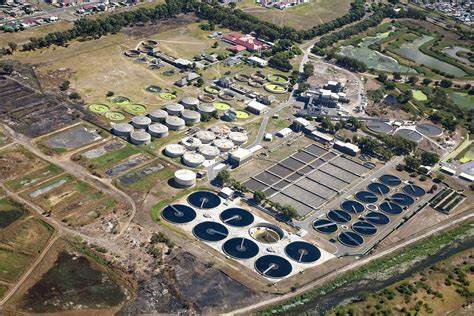For the most commonly used minicipal sewage secondary treatment process-activated sludge process (including various deformation processes), some of the pollutants in the incoming sewage are removed by conversion to sludge. Therefore, municipal sewage sludge contains a wide range of pollutants, including various heavy metals, trace amounts of highly toxic organic matter (PCBs, AOX, etc.), and a large number of various pathogenic microorganisms (pathogenic bacteria, virions), parasitic eggs, harmful insect eggs, etc., as well as general oxygen-consuming organic matter and plant nutrients (N, P, K).
The discharge of sewage from minicipal sewage treatment plants into the water body will allow the above-mentioned pollutants to enter the entire regional water system by means of diffusion, transmission and conversion. In fact, the costly sewage treatment project will lose its proper environmental protection function (more than 70% in the sewage treatment plant). The contaminants in the removed sewage are simply replaced by a form or location into the water environment). The so-called municipal sewage sludge directly used for agriculture, although it may cause a certain amount of plant nutrients in the municipal sewage sludge to be used by plants, other pollutants may enter the food chain to threaten human food safety and infiltrate the ecology. The groundwater body of the system causes uncontrolled pollution transmission problems. The centralized storage of sludge from minicipal sewage plants will not only seriously affect the environmental sanitation conditions (odors, harmful insects, air with high density of disease-causing organisms) in the vicinity of the dumping site, but also entrain and entrain the pollutants from surface runoff. The infiltration of underground runoff causes a greater range of water pollution problems. The onshore storage and water discharge of municipal sewage sludge will also cause encroachment on land space, resulting in environmental and ecological problems such as excessive (accelerated) siltation of water.
At present, the most suitable treatment method for municipal sewage sludge is sludge hydrolysis carbonization units, which can directly treat municipal sewage sludge by using sludge dry distillation rotary kiln.



